15 Classic Films Everyone Reveres but Few Actually Enjoy
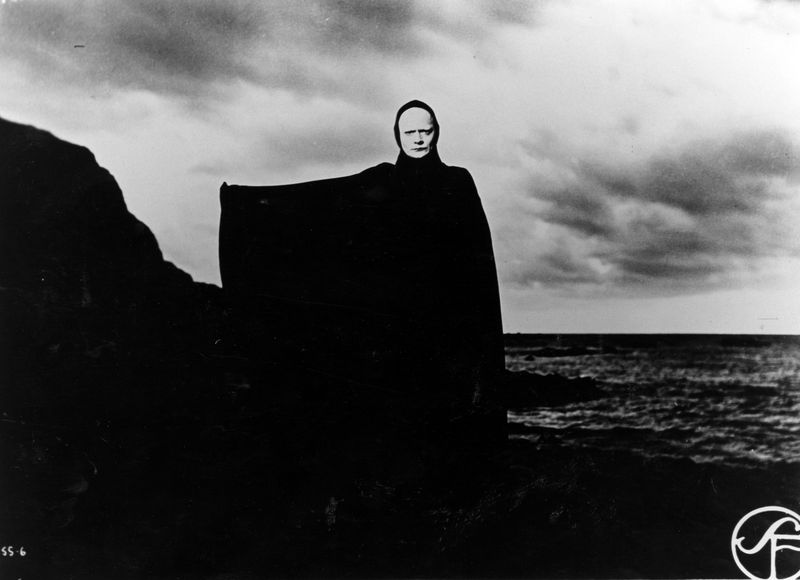
Some movies earn legendary status in film history, but that doesn’t mean people actually sit down and watch them for fun. Many classic films get praised by critics and appear on every “must-see” list, yet viewers often find them slow, confusing, or just plain boring.
The gap between a movie’s reputation and its actual entertainment value can be surprisingly wide, leaving many film fans feeling guilty for not enjoying what they’re “supposed” to love.
1. Citizen Kane (1941)
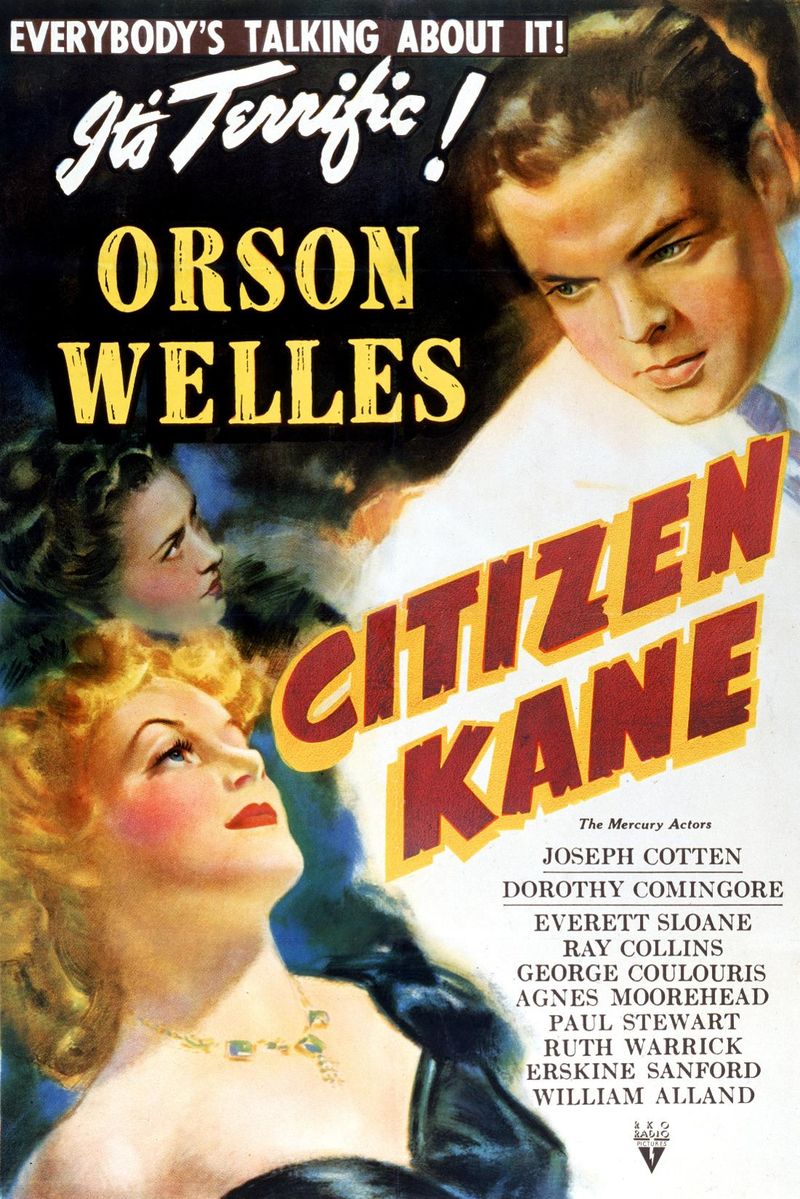
Orson Welles created what film schools call the greatest movie ever made, but most viewers struggle to stay awake through it. The story jumps around in time, following a reporter trying to uncover the meaning behind a dying newspaper tycoon’s final word. Sure, the camera angles are revolutionary and the storytelling techniques changed cinema forever.
But honestly, the pacing feels glacial by today’s standards. Watching Kane’s life unfold through flashbacks and interviews can feel more like homework than entertainment. The technical brilliance is undeniable, yet many people finish it feeling more relieved than moved, wondering what all the fuss was about.
2. The Godfather Part II (1974)

While the first Godfather movie keeps audiences hooked, the sequel demands serious patience and concentration. Francis Ford Coppola split the story between Michael Corleone’s present-day struggles and his father’s early life in Italy and New York. The constant switching between timelines confuses many viewers who just want to follow one story.
At over three hours long, the film tests even devoted fans’ endurance. Robert De Niro speaks mostly Italian without subtitles in some scenes, adding another barrier. Critics worship its complex structure and themes about family and power, but casual viewers often check their phones halfway through, missing crucial plot points.
3. 2001: A Space Odyssey (1968)
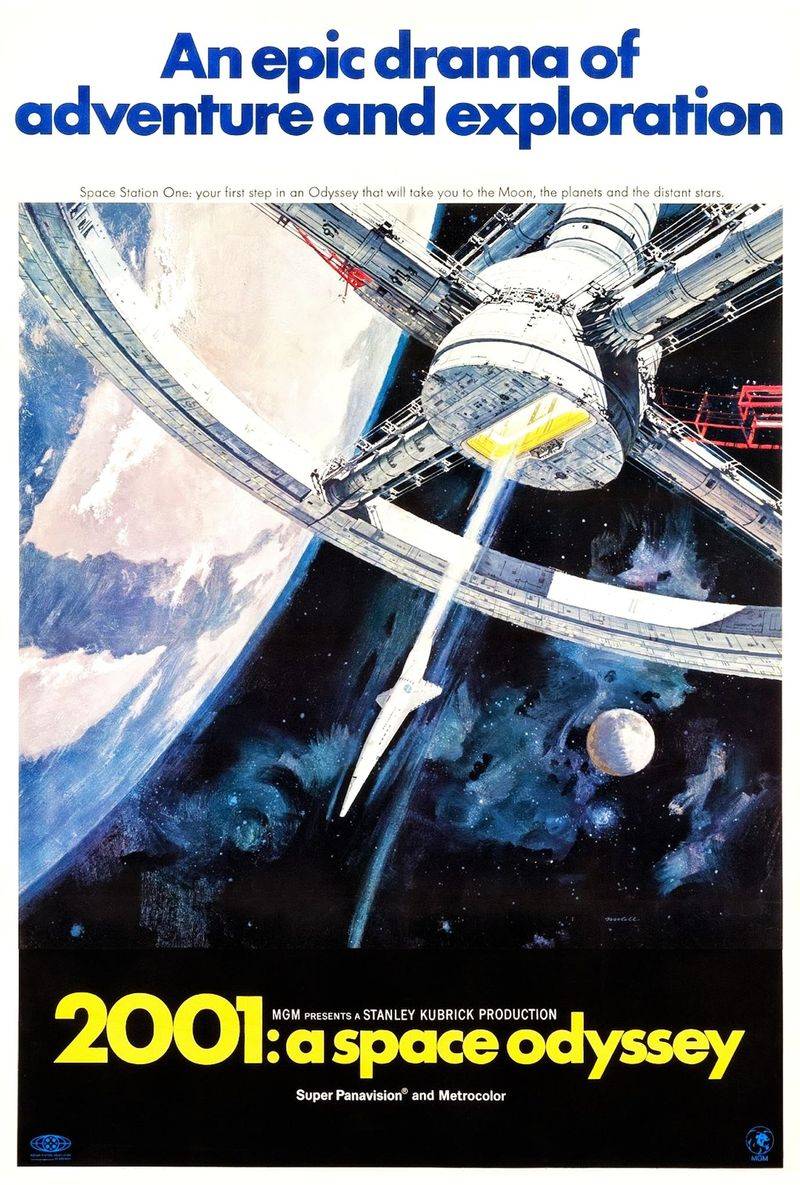
Stanley Kubrick’s vision of space travel features stunning visuals but almost no dialogue for long stretches. The opening sequence with apes discovering tools lasts nearly half an hour without a single word spoken. Then the film jumps millions of years forward to astronauts heading toward Jupiter, leaving viewers scrambling to connect the dots.
HAL 9000, the murderous computer, provides the most memorable moments, but they come after extended scenes of spacecraft docking set to classical music. The ending transforms into abstract light shows and bizarre imagery that nobody can fully explain. Film professors love analyzing its deeper meanings, though most regular viewers just feel confused and sleepy.
4. Lawrence of Arabia (1962)

Few films capture the desert’s beauty like David Lean’s masterpiece. With Peter O’Toole commanding the screen as the officer who unites Arab tribes in WWI, the movie became an instant classic. The grand cinematography alone secured its legendary status and a shelf full of awards.
However, the runtime stretches past three and a half hours, testing anyone’s ability to stay focused. Long sequences show characters riding camels across sand dunes with minimal dialogue or action. The political complexities of Middle Eastern conflicts require serious attention to follow, making the experience feel more educational than entertaining for modern audiences.
5. The English Patient (1996)

Ralph Fiennes plays a horribly burned man being cared for in an Italian monastery while World War II ends around them. The movie won Best Picture and swept the Oscars, earning praise for its sweeping romance and gorgeous desert photography. Flashbacks reveal his passionate affair with a married woman, played by Kristin Scott Thomas, before the plane crash that left him disfigured.
Despite all the accolades, many viewers find the nonlinear storytelling exhausting and the romance unconvincing. The film jumps between timelines constantly, making it hard to care about characters you barely understand. At nearly three hours, the slow pacing and hushed conversations leave audiences checking the clock rather than wiping away tears.
6. Apocalypse Now (1979)
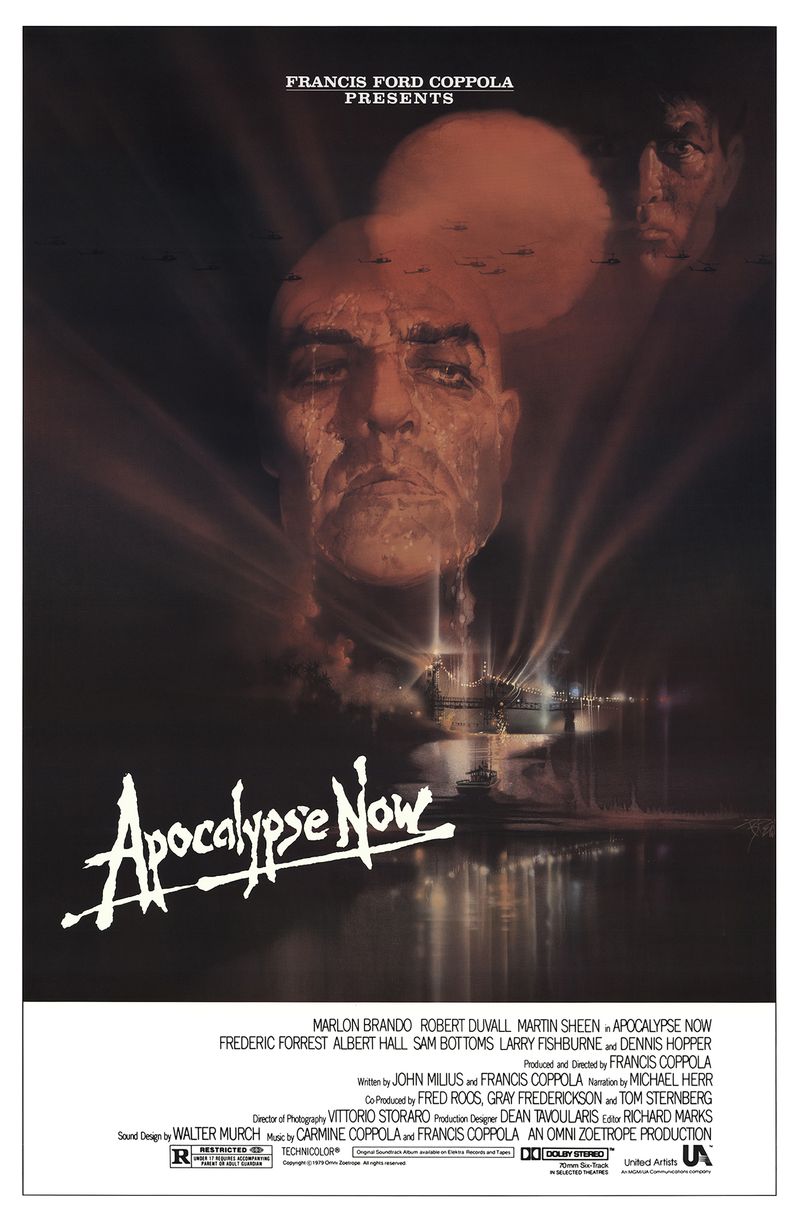
In this classic war epic, Martin Sheen heads upriver to confront Marlon Brando’s rogue colonel—but the real madness happened off-screen. Coppola endured storms, spiraling costs, and cast emergencies, crafting a behind-the-scenes saga nearly as wild as the film itself.
The surreal imagery and symbolic scenes confuse viewers expecting a straightforward war story. Brando appears only briefly at the end, mumbling philosophical monologues in shadows that leave people scratching their heads. The helicopter attack set to Wagner’s music remains iconic, but the rest drags on with dream-like sequences that feel pretentious rather than profound to many viewers.
7. Gone With the Wind (1939)

Scarlett O’Hara’s survival through the Civil War became one of Hollywood’s most ambitious productions ever. Vivien Leigh won an Oscar for playing the determined Southern belle who loses everything but refuses to give up. The burning of Atlanta and other spectacular scenes pushed technical boundaries for 1939, making it a genuine cinematic achievement.
But the nearly four-hour runtime feels endless, especially during the intermission-requiring second half. Modern audiences cringe at the romanticized portrayal of plantation life and deeply problematic racial stereotypes throughout. The melodramatic love triangle between Scarlett, Ashley, and Rhett drags on forever, making viewers wonder why anyone cares who she ends up with after sitting through so many repetitive scenes.
8. The Deer Hunter (1978)

In this sweeping drama, Robert De Niro portrays a steelworker whose tight-knit group of friends is forever changed by Vietnam. Its haunting Russian roulette sequences made the film unforgettable and helped it win Best Picture. Cimino weaves together friendship, pain, and the clash between local life and global war.
The first hour focuses entirely on a wedding celebration before anyone even goes to Vietnam, testing viewers’ patience with extended scenes of dancing and drinking. At three hours long, the pacing feels uneven, with some sequences dragging endlessly while others rush through important moments. The emotional heaviness and graphic violence make it a tough watch that people respect more than actually enjoy revisiting.
9. Doctor Zhivago (1965)

Omar Sharif plays a poet-doctor torn between two women during the Russian Revolution in David Lean’s sprawling epic. Julie Christie and Geraldine Chaplin portray the women who love him as political upheaval destroys their world. The snowy landscapes and Maurice Jarre’s haunting musical score create unforgettable atmosphere that defined 1960s epic filmmaking.
Yet the three-hour-plus runtime drags viewers through endless scenes of characters staring wistfully at each other across train stations and frozen estates. The complicated political backdrop requires concentration to follow, while the love story feels repetitive and frustrating. Many viewers finish feeling exhausted rather than moved, appreciating the craftsmanship but never wanting to experience those three hours again.
10. Raging Bull (1980)

In “Raging Bull,” De Niro morphs from a sculpted champion to a bloated ghost of glory, making his body the film’s most shocking special effect. Scorsese’s unforgiving black-and-white lens captures every crack in LaMotta’s psyche, and De Niro’s drastic weight gain seals the performance as one of cinema’s boldest shape-shifts.
Despite the technical brilliance, watching an angry, paranoid man abuse everyone around him for two hours isn’t exactly fun. The boxing scenes are visceral and artistic but incredibly violent, with blood spattering in slow motion. LaMotta has almost no redeeming qualities, making it hard to care what happens to him. Critics call it a masterpiece, but most viewers walk away feeling drained and depressed.
11. A Clockwork Orange (1971)
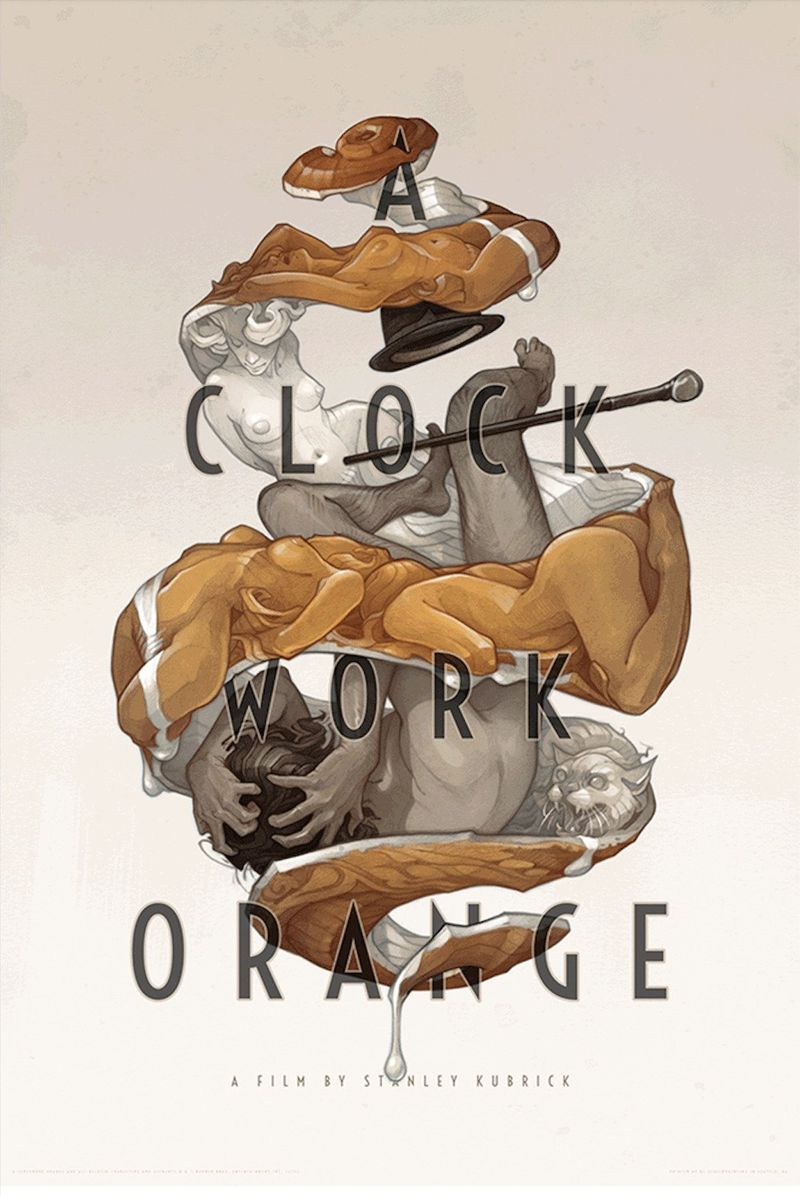
Stanley Kubrick adapted Anthony Burgess’s novel about a violent gang leader in a nightmarish future society. Malcolm McDowell plays Alex, who speaks in made-up slang called Nadsat while leading his droogs on crime sprees. The government captures him and uses experimental conditioning to cure his violent tendencies, raising questions about free will and morality.
The extremely graphic violence and disturbing assault scenes make the film almost unwatchable for many people. The invented language confuses viewers trying to follow the plot, while the over-the-top style feels cold and alienating. Kubrick’s satirical intent gets lost on audiences who just feel disgusted and uncomfortable. Film students analyze its themes endlessly, but regular viewers often turn it off halfway through, disturbed by what they’ve witnessed.
12. Taxi Driver (1976)

A mentally unstable Vietnam veteran drives a cab through the grimy streets of 1970s New York. His frustration and isolation spiral into a violent attempt to rescue a young prostitute played by Jodie Foster, and the infamous mirror scene—“You talkin’ to me?”—became a cultural touchstone.
But spending two hours inside the mind of an increasingly unhinged loner feels depressing and uncomfortable rather than entertaining. Travis has no real friends and barely connects with anyone, making the whole experience isolating. The violence at the end shocks viewers who’ve been sitting through slow, dreary scenes of nighttime driving and awkward social interactions. Martin Scorsese’s masterpiece earns respect but rarely rewatches.
13. Blade Runner (1982)

Harrison Ford hunts rogue androids called replicants in a rain-soaked, neon-lit future Los Angeles. Ridley Scott created a visually stunning world that influenced decades of science fiction design. The philosophical questions about what makes someone human and whether memories define identity give the film depth that fans dissect endlessly.
However, the glacial pacing puts many viewers to sleep before they can appreciate those deeper themes. Long stretches feature characters wandering through crowded streets or sitting in dimly lit apartments with minimal dialogue. Multiple versions exist because the studio thought it was too confusing, adding voiceover narration that Ford reportedly hated recording. The ambiguous ending leaves people frustrated rather than thoughtful, wondering why everyone considers this slow, murky film a masterpiece.
14. Chinatown (1974)

When a detective starts digging into 1930s L.A., he uncovers a world of corruption, deadly secrets, and power struggles over water. Faye Dunaway’s tragic performance adds to the tension, and the film’s twist ending left audiences stunned.
But the convoluted plot about water rights and land deals confuses viewers who can’t keep track of which politician or businessman is scheming what. The slow burn mystery requires intense focus, and missing one conversation means losing the thread entirely. The depressing finale leaves audiences feeling hollow rather than satisfied. Roman Polanski’s direction is technically perfect, yet watching it feels more like solving a homework assignment than enjoying a thriller.
15. The Seventh Seal (1957)
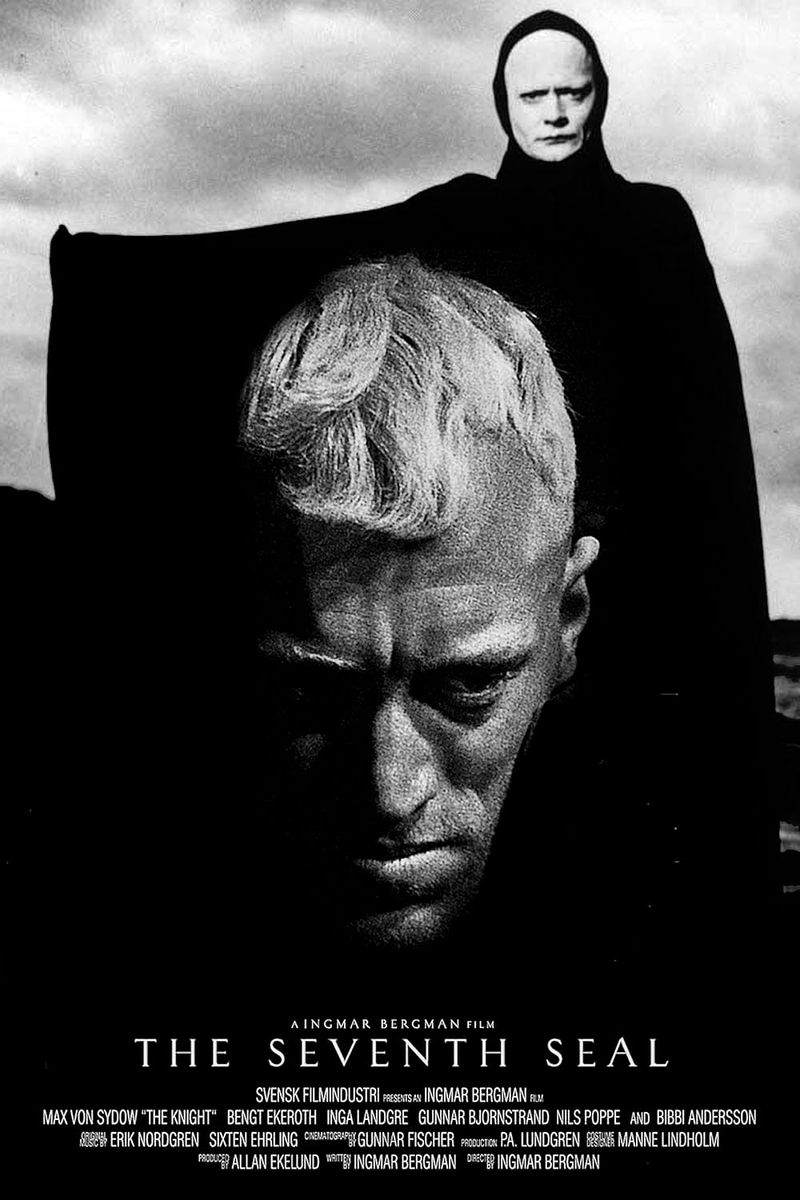
A medieval knight returning from the Crusades plays chess with Death in Ingmar Bergman’s existential masterpiece. Max von Sydow portrays the disillusioned warrior questioning God’s existence while plague ravages Europe. The stark black-and-white imagery of Death’s pale face and the knight’s desperate search for meaning created some of cinema’s most iconic and parodied moments.
Yet the heavy philosophical dialogue and slow medieval setting make it feel more like a college philosophy lecture than entertainment. Subtitles add another challenge, requiring constant reading while trying to absorb the symbolic imagery. The bleak tone never lets up, offering no humor or hope to balance the despair. Film scholars revere Bergman’s meditation on mortality and faith, but most viewers finish feeling intellectually exhausted rather than emotionally moved or entertained.

Comments
Loading…